The untold truth about Taiwan’s real legal position

The daily Western presentation of Taiwan as a functionally independent nation on the verge of being “invaded” by China flies in the face of the actual facts, as specified by global agreements recognized and codified by people on both sides of the strait.
- China’s governing constitutional instruments specify that the mainland and Taiwan are one country;
- And so does the constitutional document of Taiwan, Republic of China – it ALSO specifies that the two entities are a single, indivisible country;
- To this day, the ROC Constitution ostensibly applies not just to Taiwan but to the whole of China, indicating the Taipei-based government’s control over Tibet and other parts;
- China’s “Nine Dash Line” under which the country claims a large portion of the South China Sea is actually a reduced version of Taiwan’s “Eleven Dash Line”, which Taiwan still applies to the same waters;
- Journalists correctly mention that some countries (193) legally support China while others (13) legally support Taiwan; but they omit the key fact that both groups (read the small print) legally support the principle that mainland China and Taiwan are a single country;
- While some in Taiwan’s DPP openly push for independence, the party would have to rip up or massively amend Taiwan’s own constitutional document to do so.
Professor of Law Richard Cullen reports on the actual legal situation, and how it evolved, to clear up the widely circulated myths about the relationship between mainland China and Taiwan.
***
AMIDST THE ACUTE geopolitical debate about the status of Taiwan, the clear constitutional consensus that there is One China, which includes Taiwan, is largely overlooked.
We need to examine some key historical developments in order to comprehend how this has come to pass; and why this agreement endures.
It will also become plain, as we investigate these events, why certain parties, today, find this agreed cross-strait fundamental legal perspective to be a notably awkward component of the foundations that lie beneath the acrimonious geopolitical debate.
THREE CENTURIES AGO
Taiwan was formally established as a part of China well over 300 years ago, in 1684, when the Manchu, Qing Dynasty annexed Taiwan, following the Manchu defeat of the Ming Dynasty.
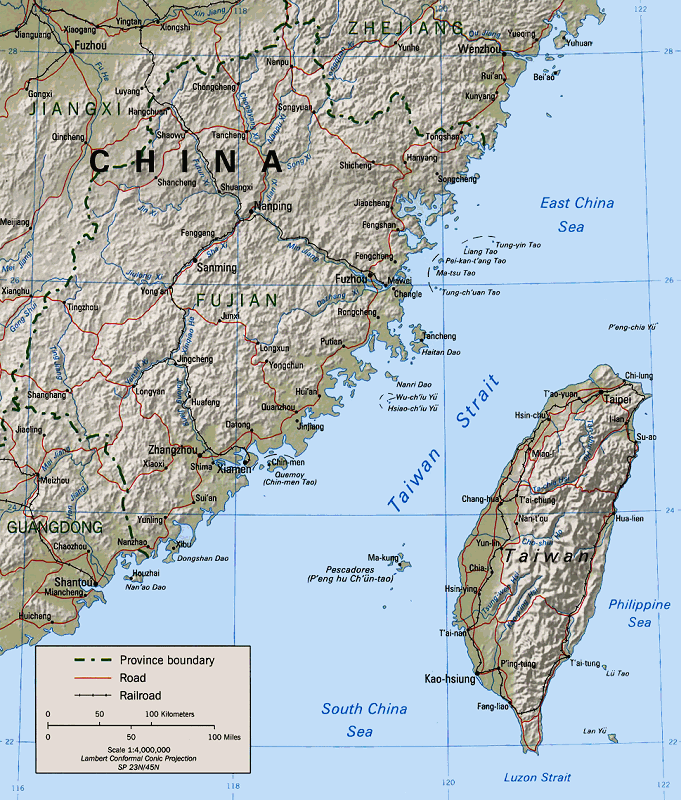
Taiwan is close to the province of Fujian.
Subsequently, Taiwan was absorbed as a colony within the rapidly emerging new Japanese Empire, as a war prize, after Japan defeated Qing Dynasty China in 1895, in the First Sino-Japanese War.
After the dropping of American atomic bombs on Hiroshima and Nagasaki at the end of World War II, Japan surrendered on August 15, 1945. One consequence of this surrender was that Japan’s imperial rule over Taiwan was essentially terminated with immediate effect (subject to the completion of handover procedures) in August 1945.
THE RE-OCCUPATION OF TAIWAN ISLAND
By October 1945, the then globally recognized Chinese Government – the Republic of China (ROC) Kuomintang (KMT) Government – began to re-occupy Taiwan. By May, 1947 the KMT had established, in accord with the ROC Constitution, a Province of Taiwan Government in Taipei.
Subsequently, Taiwan was absorbed as a colony within the rapidly emerging new Japanese Empire, as a war prize, after Japan defeated Qing Dynasty China in 1895, in the First Sino-Japanese War.
After the dropping of American atomic bombs on Hiroshima and Nagasaki at the end of World War II, Japan surrendered on August 15, 1945. One consequence of this surrender was that Japan’s imperial rule over Taiwan was essentially terminated with immediate effect (subject to the completion of handover procedures) in August 1945.
THE RE-OCCUPATION OF TAIWAN ISLAND
By October 1945, the then globally recognized Chinese Government – the Republic of China (ROC) Kuomintang (KMT) Government – began to re-occupy Taiwan. By May, 1947 the KMT had established, in accord with the ROC Constitution, a Province of Taiwan Government in Taipei.
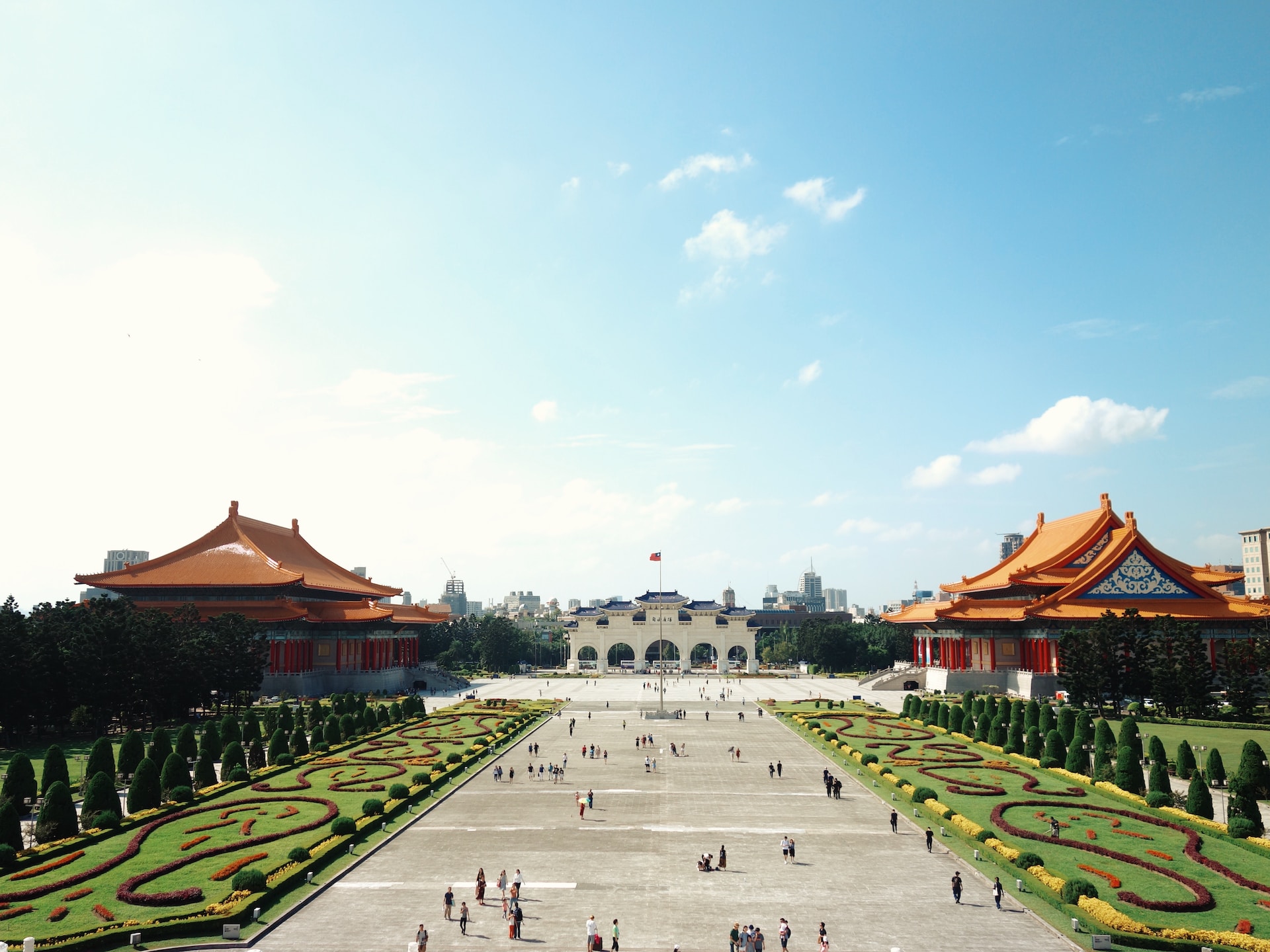
Chiang Kai-shek Memorial Hall in Taiwan. Image by Rovin Ferrer/ Unsplash.
By late 1949, the Communist Party of China (CPC) had defeated the KMT in the Chinese Civil War, which re-commenced in 1945-46, once it was clear that Japan faced defeat in the Second Sino Japanese War (and WW2). The People’s Republic of China (PRC) was established by the CPC on October 1, 1949. The KMT – and, thus, the ROC – meanwhile, retreated to Taiwan.
Staunch American support – including the threat of using atomic weapons against the PRC – helped ensured that the CPC was prevented from taking over Taiwan in the 1950s. But it also became clear that the KMT aim to make China one, again (including Taiwan) under the ROC Constitution, was not going to happen.
THE ROC CONSTITUTION
But what were the origins and fundamental scope of that ROC Constitution?
Following the overthrow of the Qing Dynasty in 1911, the Republic of China was established in 1912, when a Provisional Constitution for the ROC was drawn up. Further Provisional Constitutions were promulgated, including one in 1931. After extensive drafting and debate, the original version of the current ROC Constitution took effect on December 25, 1947, almost two years before the defeat of the KMT in the Chinese Civil War.
By late 1949, the Communist Party of China (CPC) had defeated the KMT in the Chinese Civil War, which re-commenced in 1945-46, once it was clear that Japan faced defeat in the Second Sino Japanese War (and WW2). The People’s Republic of China (PRC) was established by the CPC on October 1, 1949. The KMT – and, thus, the ROC – meanwhile, retreated to Taiwan.
Staunch American support – including the threat of using atomic weapons against the PRC – helped ensured that the CPC was prevented from taking over Taiwan in the 1950s. But it also became clear that the KMT aim to make China one, again (including Taiwan) under the ROC Constitution, was not going to happen.
THE ROC CONSTITUTION
But what were the origins and fundamental scope of that ROC Constitution?
Following the overthrow of the Qing Dynasty in 1911, the Republic of China was established in 1912, when a Provisional Constitution for the ROC was drawn up. Further Provisional Constitutions were promulgated, including one in 1931. After extensive drafting and debate, the original version of the current ROC Constitution took effect on December 25, 1947, almost two years before the defeat of the KMT in the Chinese Civil War.
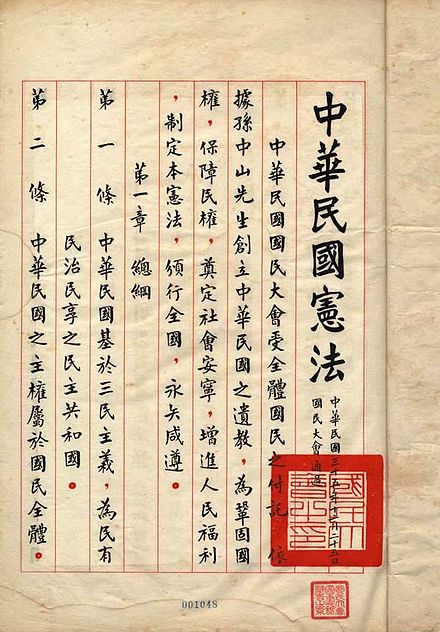
Page one of the original constitution, drafted 1946, ratified 1947.
Since then, the ROC Constitution has been amended a number of times, but its essential structure has not been altered in the sense that it remains, to this day, a constitution that ostensibly applies not just to Taiwan but to all of China. Given that when this constitution was first applied, the KMT was globally recognized as the government of all of China (including Taiwan), this is not surprising.
TAIWAN’S CONSTITUTION SAYS IT INCLUDES TIBET, FOR EXAMPLE
Thus, within the ROC Constitution, as it currently applies, there are repeated references to the geographical-political constituent parts of China, including Provinces, Mongolian Leagues and Banners and Tibet. Meanwhile, Article 4 states that the territory of the ROC cannot be altered except by resolution of the National Assembly.
In fact, the list of ROC, nominal, territorial disputes with jurisdictions on the Asian mainland (including, Afghanistan, India, Mongolia, Myanmar, Pakistan and the USSR) remained quite extensive for some decades after 1949.
Since then, the ROC Constitution has been amended a number of times, but its essential structure has not been altered in the sense that it remains, to this day, a constitution that ostensibly applies not just to Taiwan but to all of China. Given that when this constitution was first applied, the KMT was globally recognized as the government of all of China (including Taiwan), this is not surprising.
TAIWAN’S CONSTITUTION SAYS IT INCLUDES TIBET, FOR EXAMPLE
Thus, within the ROC Constitution, as it currently applies, there are repeated references to the geographical-political constituent parts of China, including Provinces, Mongolian Leagues and Banners and Tibet. Meanwhile, Article 4 states that the territory of the ROC cannot be altered except by resolution of the National Assembly.
In fact, the list of ROC, nominal, territorial disputes with jurisdictions on the Asian mainland (including, Afghanistan, India, Mongolia, Myanmar, Pakistan and the USSR) remained quite extensive for some decades after 1949.

Taiwan’s documents assume leadership over all China, including Tibet. Photo by Daniele Salutari on Unsplash.
The PRC, meanwhile, resolved most of its continental, international territorial disputes, with India being the key exception. (The PRC negotiated treaties settling these border disputes on behalf of China were typically not recognized as legitimate by the ROC (which maintained Taipei’s claim to represent all of China.))
NINE-DASH LINE IS ‘REDUCED’ VERSION
Both the ROC and the PRC maintain largely overlapping territorial claims in the South China Sea and the East China Sea. Thus, the contested “Nine Dash Line”, which underpins PRC claims to extensive jurisdiction of large parts of the South China Sea is, in fact, a reduced (in favour of Vietnam) version of the earlier ROC, “Eleven Dash Line”, which Taiwan still applies.
Both the PRC and the ROC also strongly contest Japanese control of the Diaoyu (or Senkaku) Islands in the East China Sea.
The PRC, meanwhile, resolved most of its continental, international territorial disputes, with India being the key exception. (The PRC negotiated treaties settling these border disputes on behalf of China were typically not recognized as legitimate by the ROC (which maintained Taipei’s claim to represent all of China.))
NINE-DASH LINE IS ‘REDUCED’ VERSION
Both the ROC and the PRC maintain largely overlapping territorial claims in the South China Sea and the East China Sea. Thus, the contested “Nine Dash Line”, which underpins PRC claims to extensive jurisdiction of large parts of the South China Sea is, in fact, a reduced (in favour of Vietnam) version of the earlier ROC, “Eleven Dash Line”, which Taiwan still applies.
Both the PRC and the ROC also strongly contest Japanese control of the Diaoyu (or Senkaku) Islands in the East China Sea.
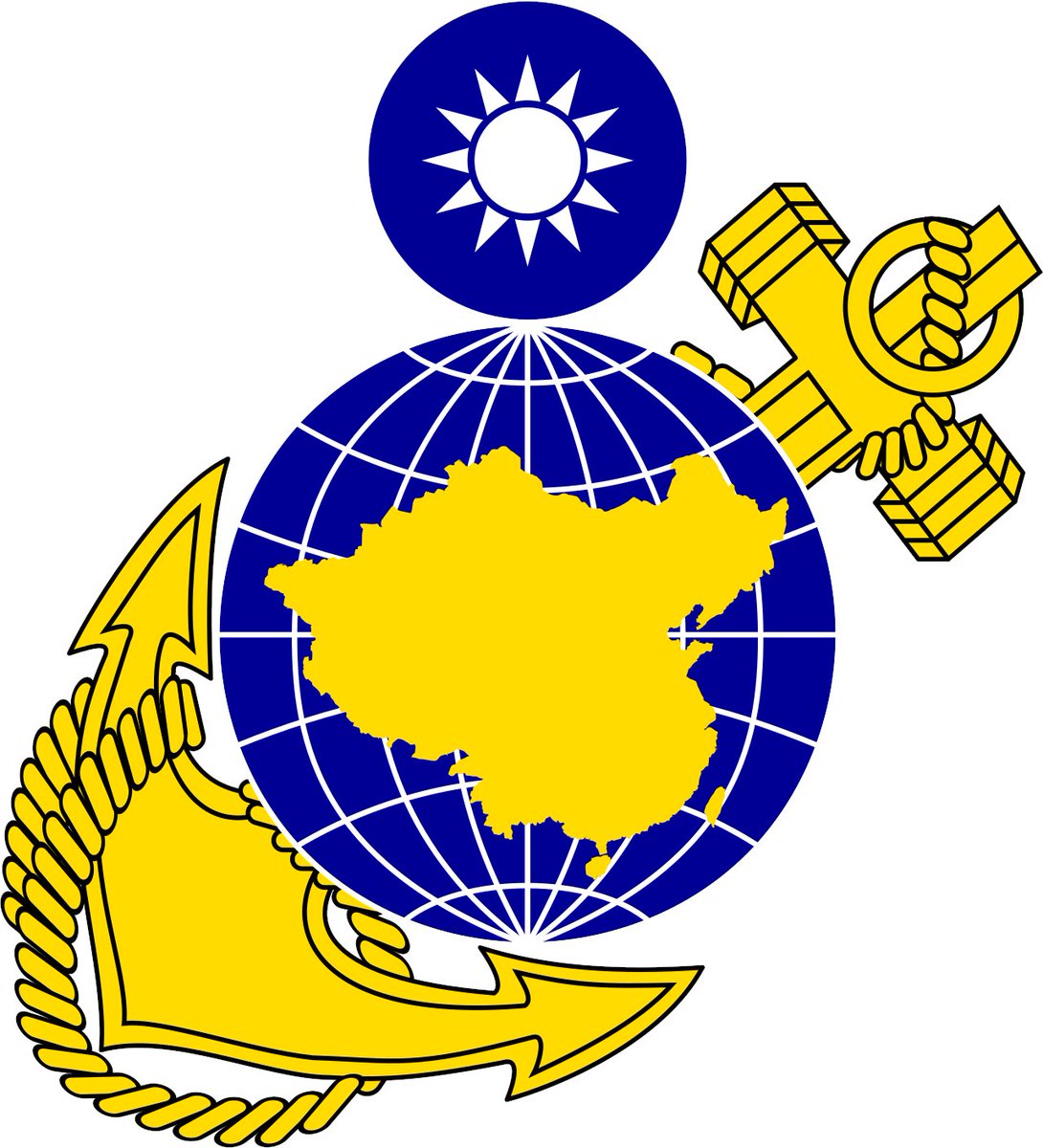
This Taiwanese military emblem shows the island, not as a separate country, but as part of the whole.
TAIWAN HAD TWO GOVERNMENTS IN TAIPEI
A further indicative aspect of how the ROC Constitution has been applied (within Taiwan controlled territory) since 1949 is that until 1998, the Taiwanese governing system comprised a National Government based in Taipei – and a separate Province of Taiwan Government – with each government essentially having jurisdiction over the same geographical area.
TAIWAN HAD TWO GOVERNMENTS IN TAIPEI
A further indicative aspect of how the ROC Constitution has been applied (within Taiwan controlled territory) since 1949 is that until 1998, the Taiwanese governing system comprised a National Government based in Taipei – and a separate Province of Taiwan Government – with each government essentially having jurisdiction over the same geographical area.
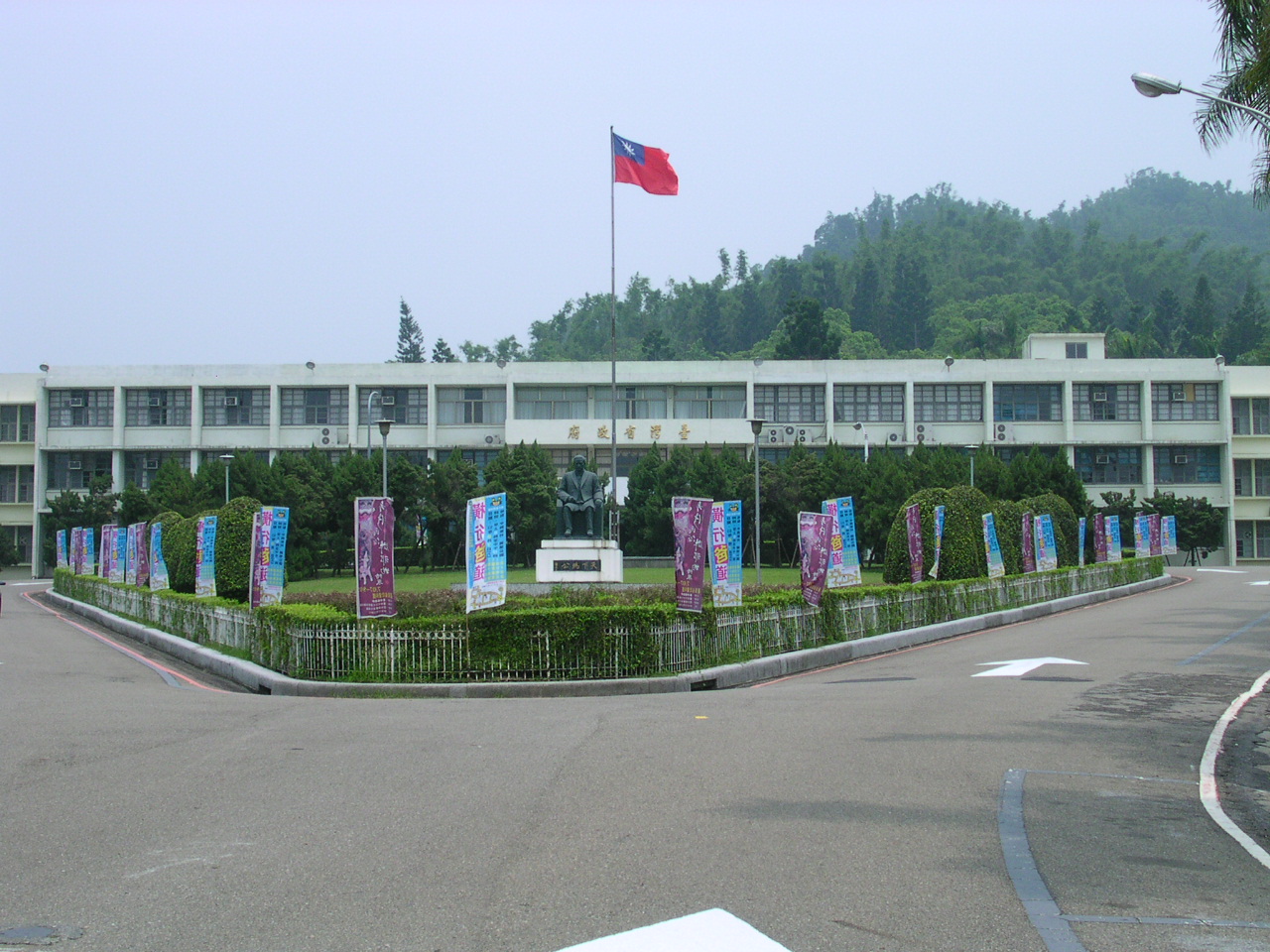
From 1957 to 2018, this was the Taiwan Provincial Government. Image: Vegafish/ Wikimedia Commons.
The ROC on Taiwan also once supported a separate, operating but largely nominal Province of Fujian Government, which came into existence due to the KMT maintaining political control over certain small offshore island groups (Kinmen and Matsu) geographically part of Fujian Province on the Mainland. (These islands are located in the Taiwan Strait very close to the Mainland.)
Until late 1971, the claimed but nominal ROC jurisdiction over all of China was widely recognized internationally – and especially by the United Nations. The ROC, representing China, became one of the Five Permanent Members of the UN Security Council (holding a veto power), along with Britain, France, the US and the USSR (now Russia).
Eventually the geopolitical tectonic plates shifted, however, and, in late 1971, the United Nations voted by a large margin to stop recognizing the KMT Government in Taiwan as the government of all of China and switch that recognition to the PRC Government based in Beijing.
The ROC on Taiwan also once supported a separate, operating but largely nominal Province of Fujian Government, which came into existence due to the KMT maintaining political control over certain small offshore island groups (Kinmen and Matsu) geographically part of Fujian Province on the Mainland. (These islands are located in the Taiwan Strait very close to the Mainland.)
Until late 1971, the claimed but nominal ROC jurisdiction over all of China was widely recognized internationally – and especially by the United Nations. The ROC, representing China, became one of the Five Permanent Members of the UN Security Council (holding a veto power), along with Britain, France, the US and the USSR (now Russia).
Eventually the geopolitical tectonic plates shifted, however, and, in late 1971, the United Nations voted by a large margin to stop recognizing the KMT Government in Taiwan as the government of all of China and switch that recognition to the PRC Government based in Beijing.

Subsequently, many countries began to accept that the sole legitimate government of China was based in Beijing, including Australia in 1972 and the US in 1979.
OVERWHELMING MAJORITY
Today, Beijing maintains full diplomatic relations, on this same basis, with the overwhelming majority of UN Member States. The ROC on Taiwan now retains full diplomatic relations with just 12 of the 193 UN Member States – plus the Holy See, which governs Vatican City.
The Democratic Progressive Party (DPP) is the current governing party in Taiwan and Tsai Ing-wen is the DPP President of Taiwan. The Voice of America recently confirmed, the DPP favours independence for Taiwan.
THIS IS AWKWARD
Awkwardly, as we have seen above, the ROC Constitution, under which the DPP governs Taiwan, insistently supports the unity of all of China – including Taiwan. Indeed, the ROC Constitution would require massive amendment if it were to be transformed into a constitution which could provide a Basic Law for a constitutionally independent Taiwan. Any such move would, in turn, cross a critically bright, PRC political red-line, triggering plainly foreseeable, grave consequences.
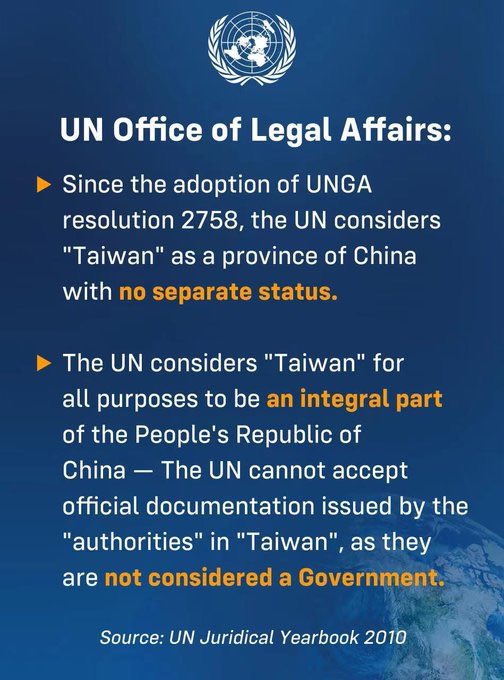
The agreement that Taiwan is part of China is universally acknowledged.
Taiwan’s own constitution, the ROC Constitution, has, thus, created an entrenched, major formal deterrent to any reckless political action aimed at undermining the shared, cross-strait constitutional consensus that there is only One China – including Taiwan.
Taiwan’s own constitution, the ROC Constitution, has, thus, created an entrenched, major formal deterrent to any reckless political action aimed at undermining the shared, cross-strait constitutional consensus that there is only One China – including Taiwan.
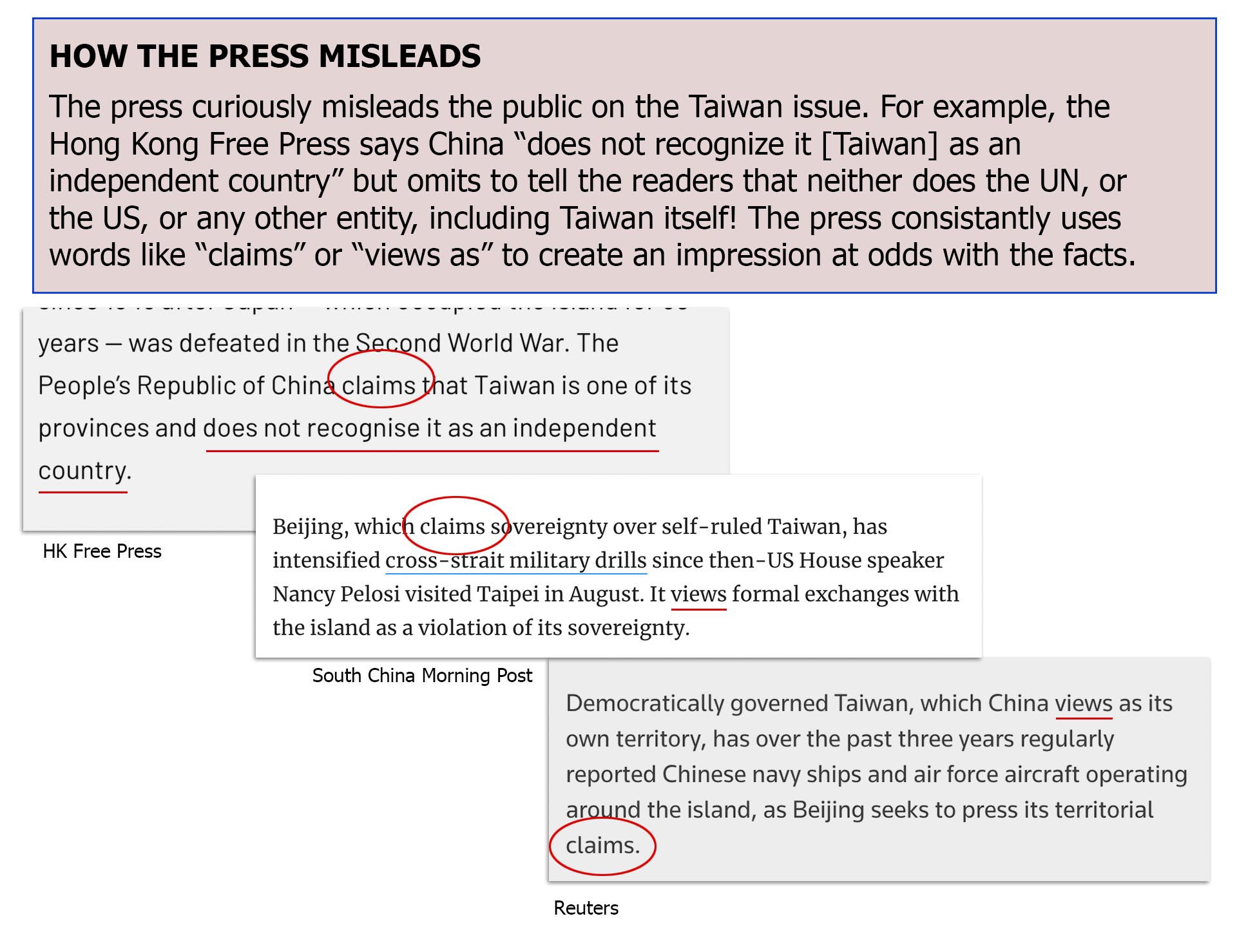
The misleading “western lens” view is pushed by many journalists critical of China, including some in Hong Kong.
This has established a thorny underlying, ultimately geopolitical problem for the DPP – and for Washington (along with other China Threat devotees) even as the US continues to play the Taiwan card as part of its massive project to try and contain the rise of China.
ONE CHINA POLICY REMAINS UNIVERSALLY ENDORSED
As for those 13 jurisdictions that still recognize the ROC based in Taiwan as the sole legitimate government of China, it follows that this means they are each a party to the very firm view, embodied in the ROC Constitution, that there is only One China, which includes Taiwan. Therefore, bearing in mind that this is the view shared by all of those many other jurisdictions recognizing Beijing diplomatically, the One China principle continues, in essence, to be universally endorsed.

Although it is most unlikely that the then ROC President, Chiang Kai-shek and the KMT could have envisaged, in 1947, the particular, impulse-controlling – and unifying – influence of the remarkable ROC Constitution over 75 years later, we can surely be thankful that it continues to have this constructive, long-term impact.
Richard Cullen is a Professor of Law at the University of Hong Kong and a popular writer on public affairs.
The Gwailo certainly knows how to survive and prosper in Hong Kong 2023 -suck up to the CCP.
ReplyDeleteYou're avoiding the elephant mate - has the gwailo spoken the truth?
DeleteCan accept truth as it been told!
ReplyDeleteSo common of these blurred f*cked myrmidon of know-nothing!
He needs to suck much harder😭😭😭
ReplyDeleteWakakakaka…
DeletePerhaps he needs a tutor like u?